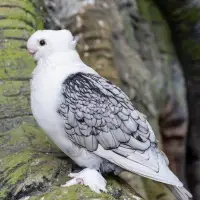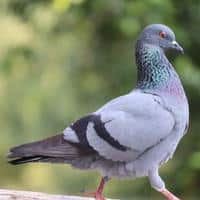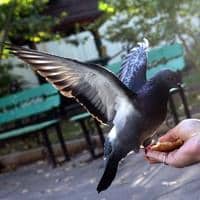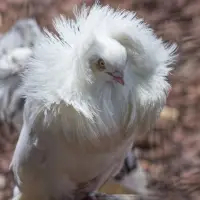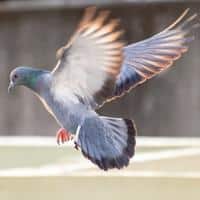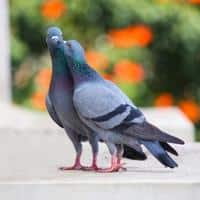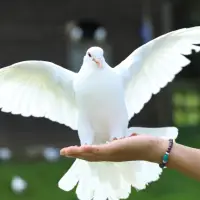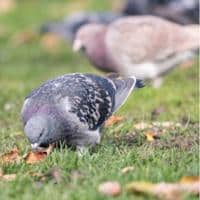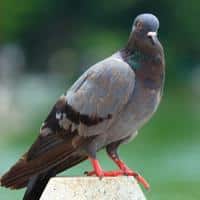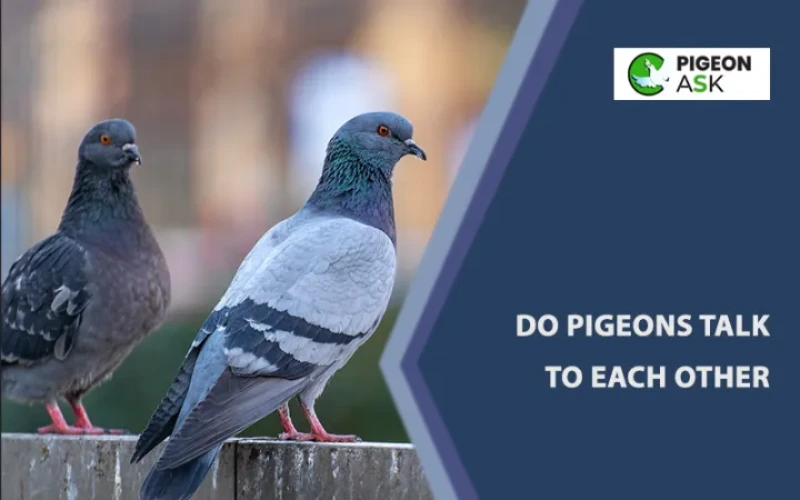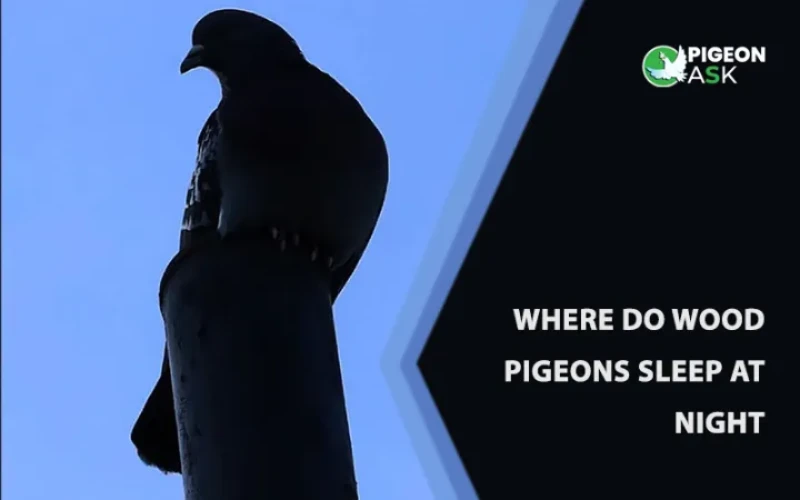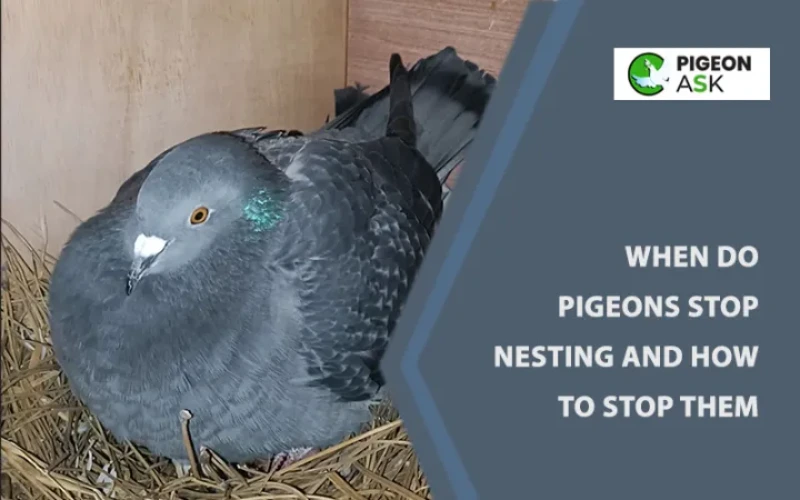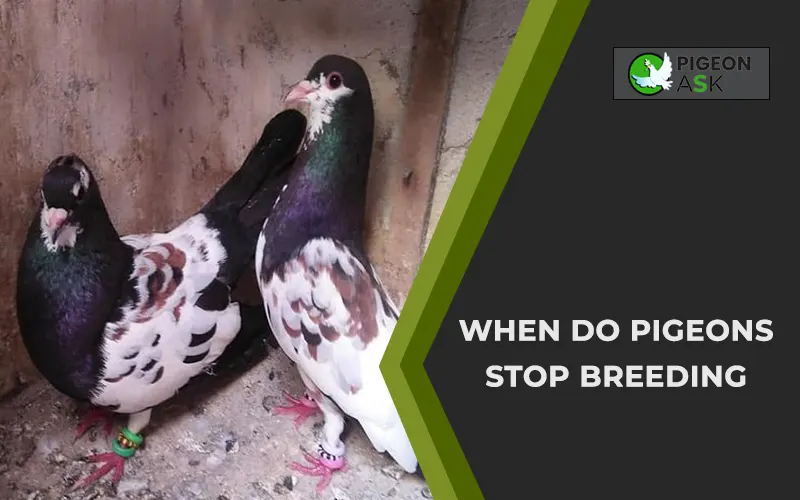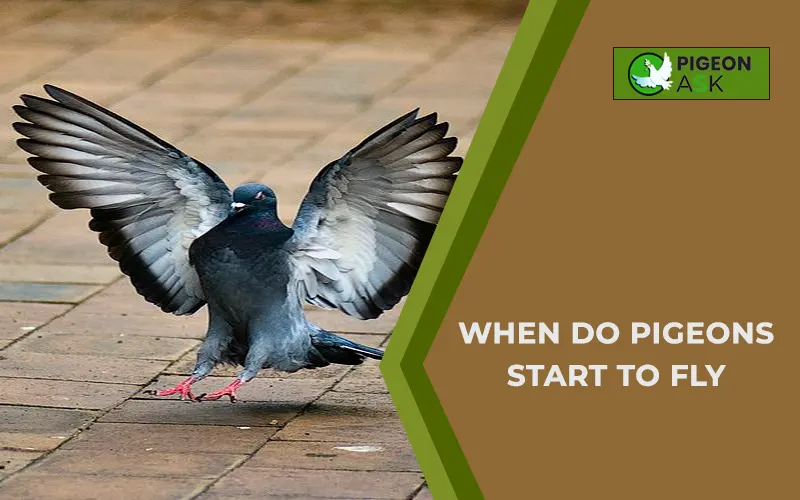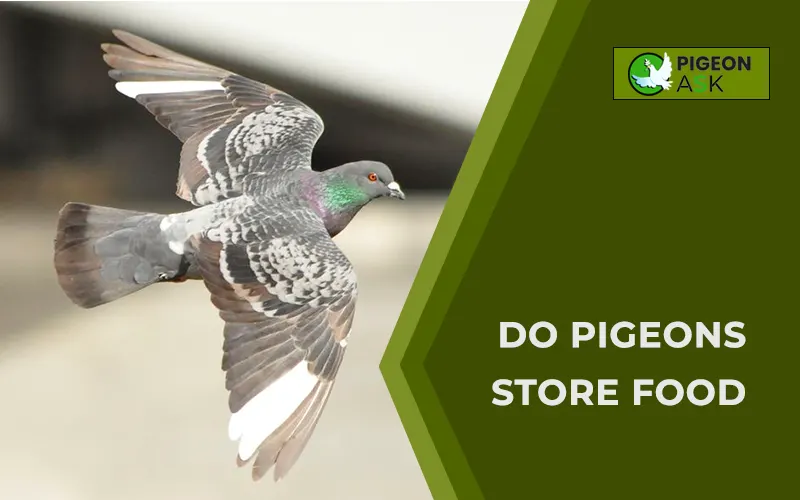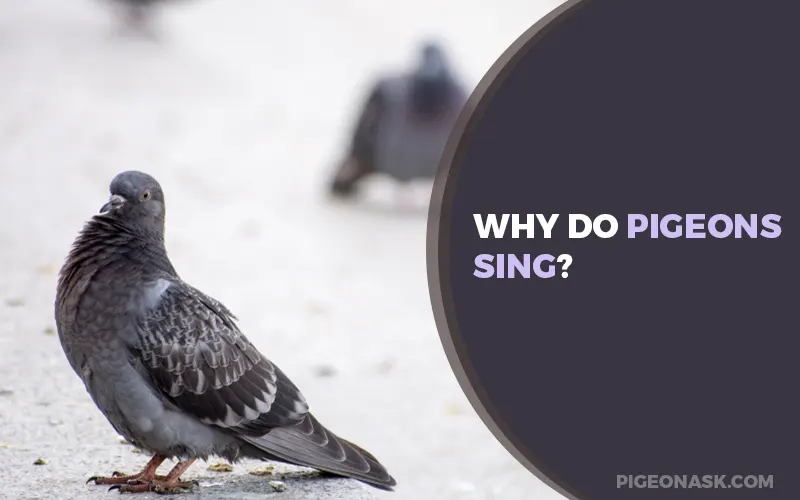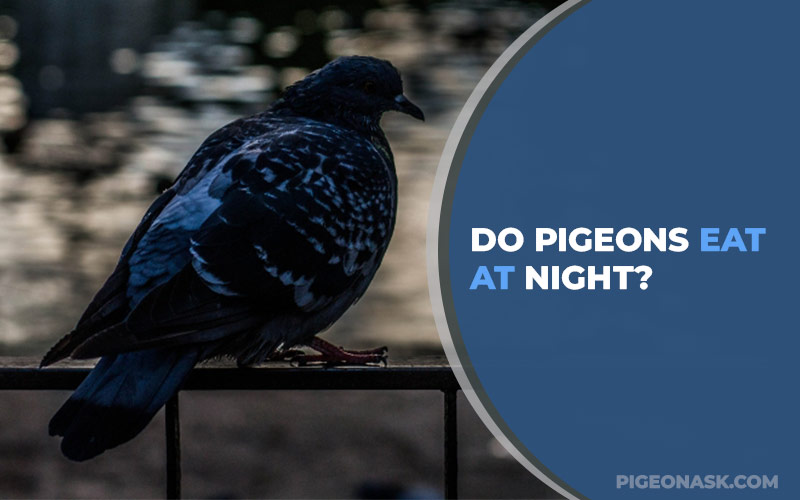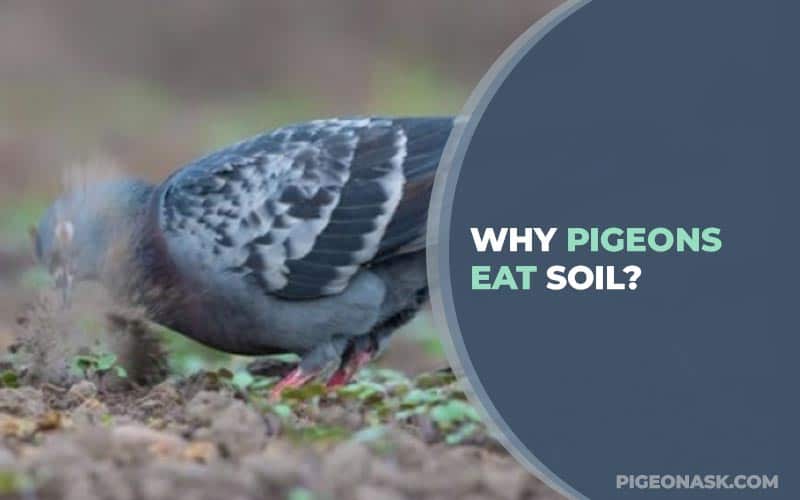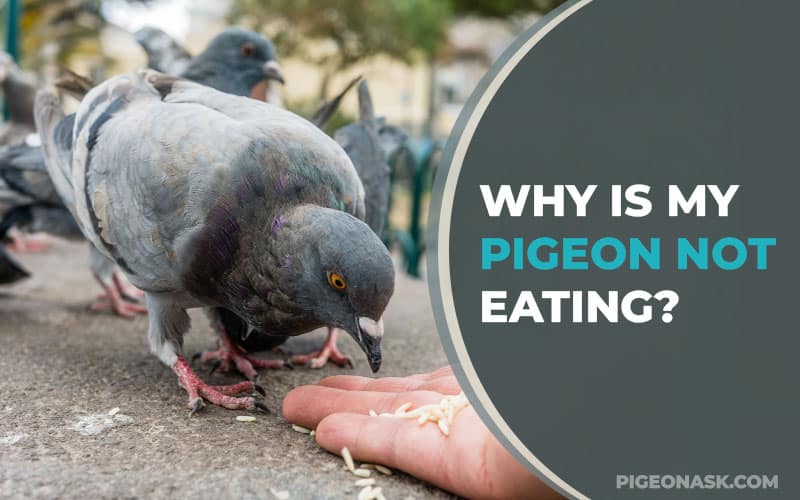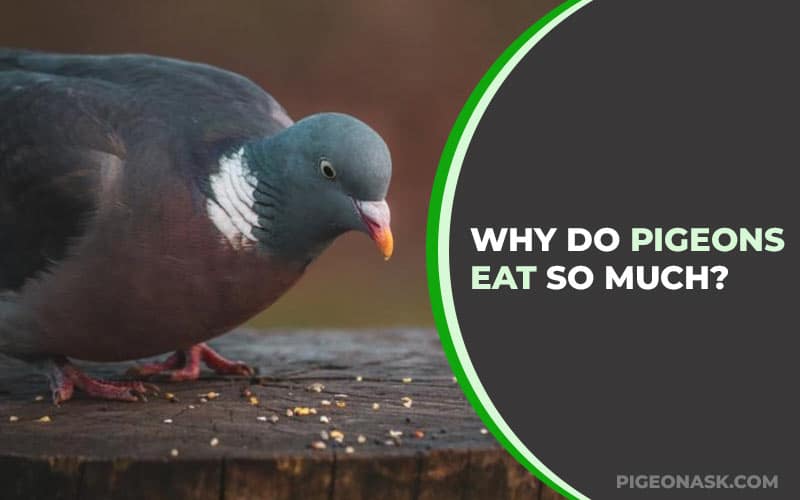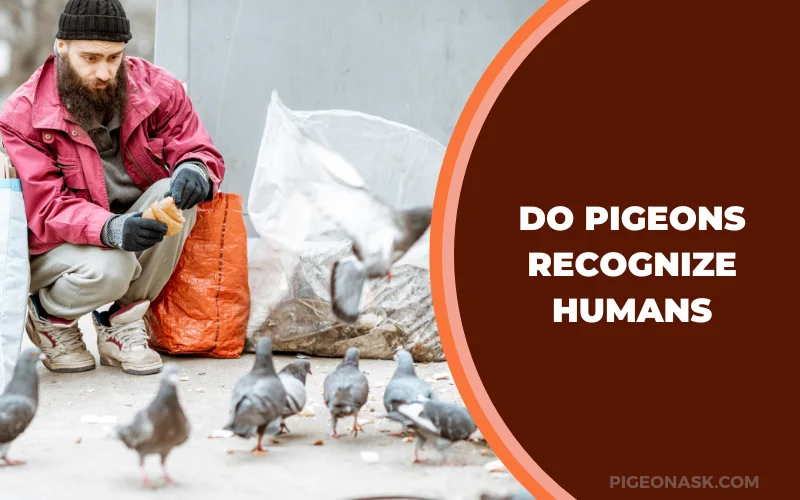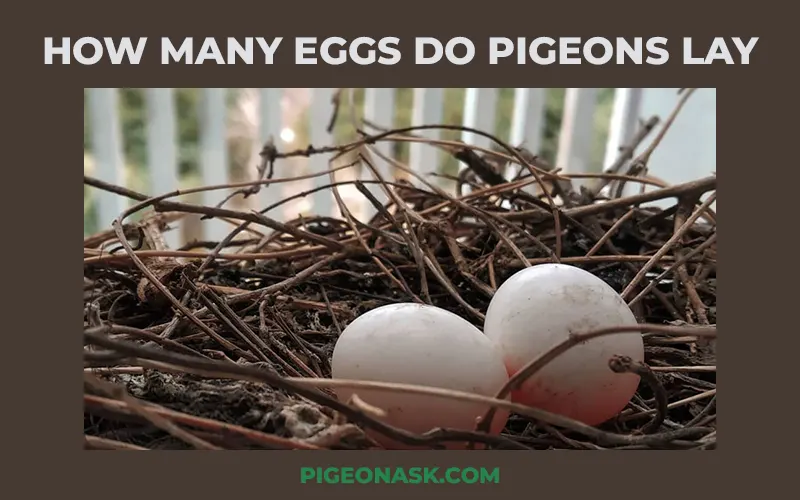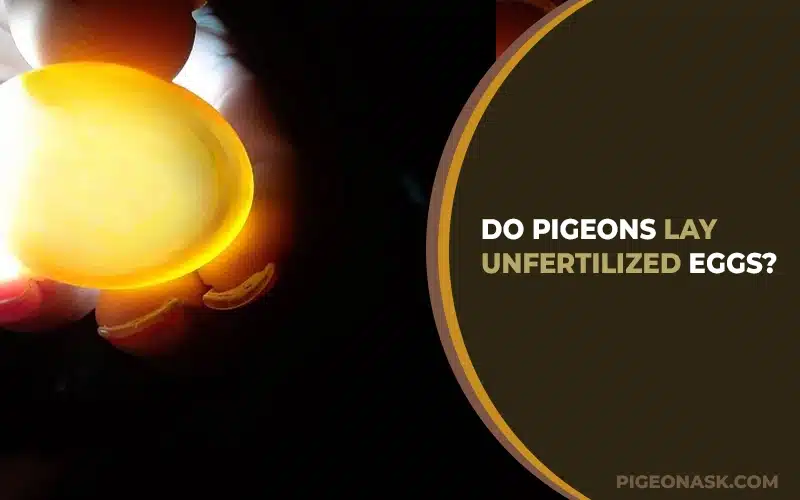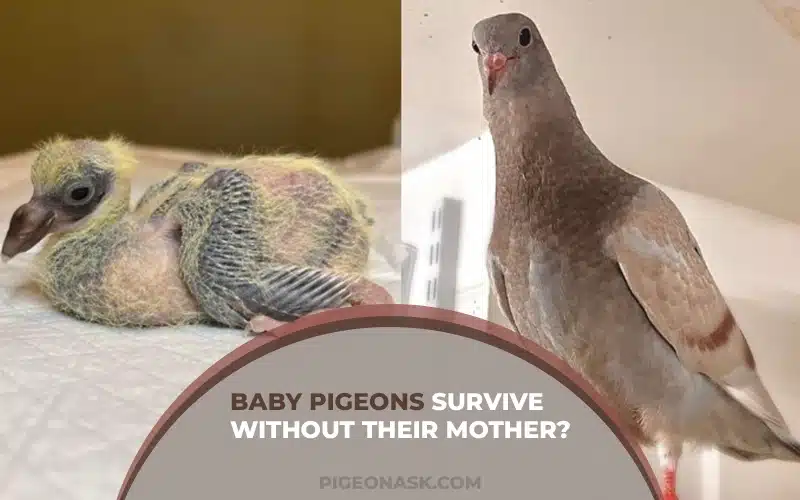PIGEON ASK
Pigeons are one of the oldest domesticated bird species and have been kept by humans for centuries. These birds are known for their gentle nature and unique cooing sound.
Featured By





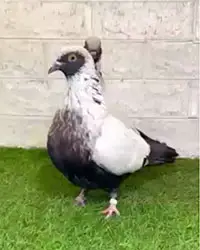
Pigeon Overview: Learn About Pigeon Birds
For domestic purposes, pigeons are one of the most popular birds all around the world. This bird has a diverse history with complex behavior that spans across cultures and continents.
They are good racers, but not every pigeon. Yes, pigeons have various species in the whole world. On the other hand, racing pigeons are quite expensive and it can be a lucrative business. In addition, these birds are stronger and also known as good fliers.
Do you want to know more interesting facts about this beautiful bird? Or want to get knowledge about their captivating world including their behaviors, diet, habitat and so on? Then, stay tuned and keep reading.
Characteristics of Pigeon
Pigeons are distinguished by a variety of unique characteristics that enhance their longevity and adaptability. They are built for fast flying due to their tiny heads, short necks, and compact bodies.
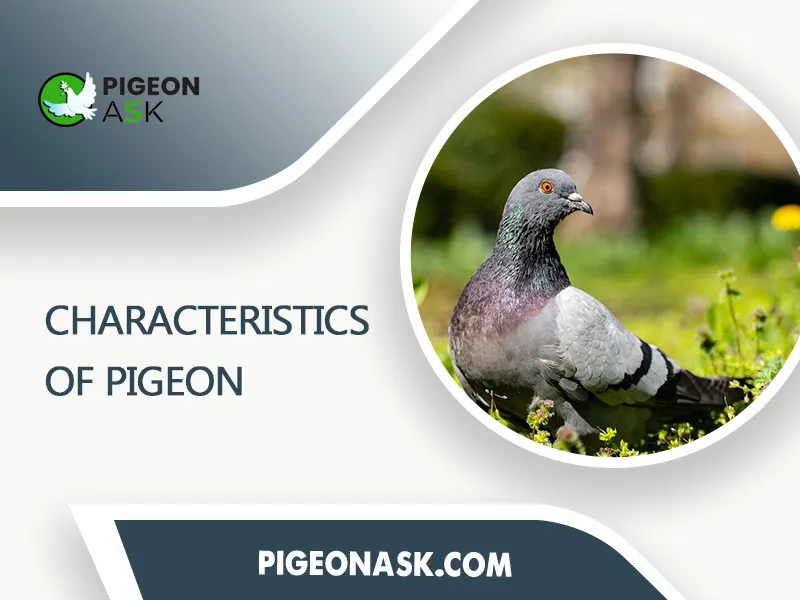
Moreover, their feathers exhibit a range of colors, from the typical gray to more vibrant shades. Also, these feathered companions are experts at aerial navigation because of their excellent vision, strong magnetoreceptors, and internal “maps”.
The below table shares a quick overview of this beautiful bird pigeon.
| Features | Facts |
|---|---|
| Common name | Pigeon/ domestic pigeon/dove |
| Scientific name | Columba livia (City Dove) |
| Family | Columbidae |
| Communication mood | Cooing |
| Size | Length- 32cm-35cm Height- 25cm-30cm |
| Weight | 250g- 350g |
| Egg production | 2; when nesting |
| Average lifespan | 6 years |
| Color | Wild-type Blue, Brown and Ash-red |
| Tail | The gray color gradually faded from the upper half to the tip of the tail |
| Feathers | Pale gray and dark wingtips are visible when flying |
| Diet | Omnivores |
| Habitat | City buildings, barnyards, parks, rocky cliffs |
| Mating Life | Monogamous |
| Flying speed | Average 77.6 mph |
Different Species
Did you ever imagine that pigeons can be of many types? Yes, the family tree of pigeons is extremely diverse with over 300 species found worldwide.
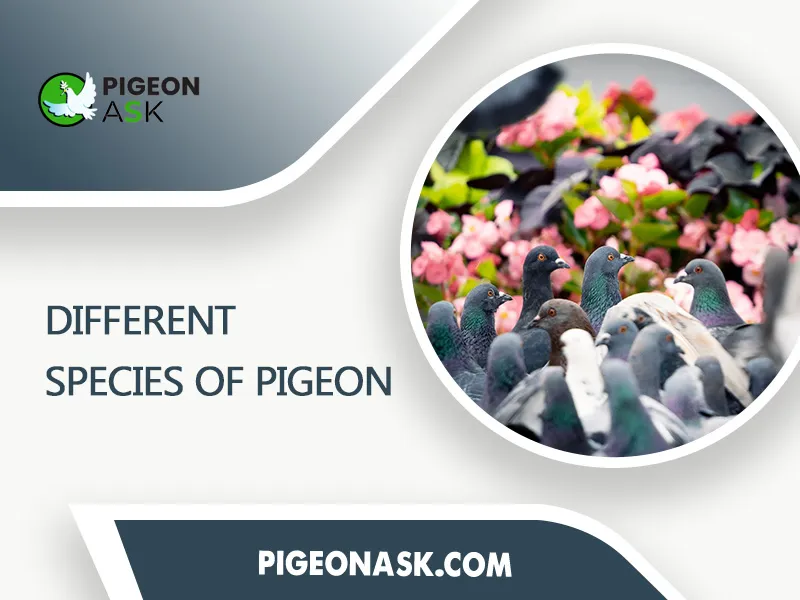
Now, without thinking about anything else, let’s delve into the world of pigeons and talk about some common species.
Domestic Pigeons
The history of domestic pigeons is interconnected with ours, as they are frequently observed in close contact with human homes. Referred to as domestic birds, these pigeons are bred for many years. They are used for racing, homing, and even for meat.
Likewise, the domestication of the wild rock pigeon resulted in the creation of numerous breeds, each with distinct appearances and colorations. These pigeons participate in racing and display events in addition to being companions.
Feral Pigeons
The gray-feathered inhabitants of city streets, known as feral pigeons, are descended from domestic pigeons that have evolved to live in cities. Thus, they fly and have successfully adapted to urban life.
Feral pigeons have an interesting interaction with the urban ecosystem, despite their image as pests.
Band-Tailed Pigeons
Unlike those found in cities, band-tailed pigeons are native to North America and frequently seen soaring through redwood woods. They have beautiful rainbow feathers and long, beautiful tails.
These wild pigeons have a very different lifestyle. Their habits and adaptations shed light on the many ways pigeons have changed over time to live in diverse types of environments.
Behavioral Facts
Pigeons are lifelong monogamous. However, pigeon behavior is more complex than just watching them chew breadcrumbs. Their ability to adjust to different situations is facilitated by their social structures, communication styles, and adaptive behaviors.
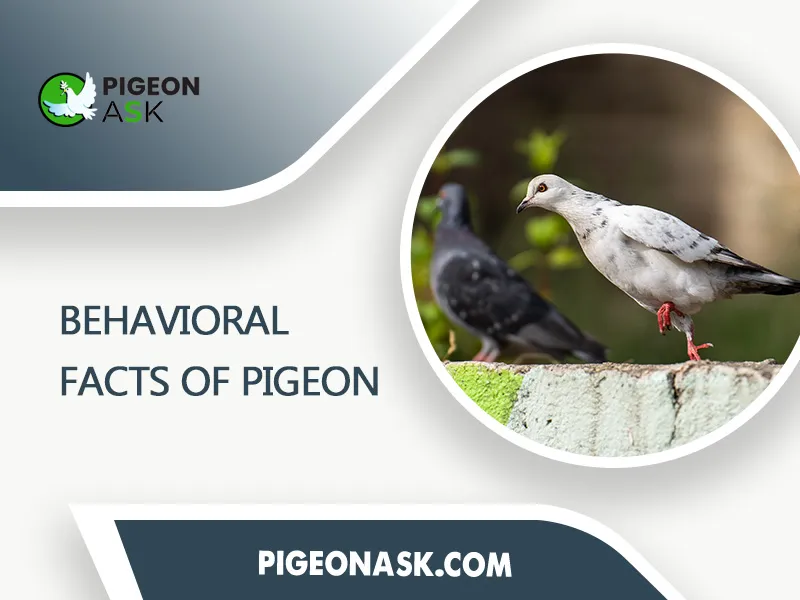
Pigeons do interesting things other than just cooing, let’s start talking in detail.
Navigation Abilities
Pigeons are famous for their extraordinary sense of direction and are also known for their homing capabilities. Because of their legendary ability, they can locate their home using internal landmarks, the sun, and the Earth’s magnetic field.
Also, these birds can travel great distances and try to find their way home by using a combination of optical and astronomical signals.
Social Structures
Pigeon flocks display complicated social structures. By regulating interactions, these structures foster collaboration and order. For instance, these flocks become super flocks when they travel long distances. But when they live together, they are again divided into many flocks.
However, Pigeons depend on flocks to survive because they offer shelter from predators and increase their chances of locating food. They cooperate to look after their young and exchange food.
Vocalization and Body Language
Pigeons use a variety of body gestures, calls, and coos to communicate. Their vocalizations can be used to indicate danger or to communicate contentment.
However, their tail fanning, head shaking, and feather fluttering all contribute to the complex image of their inner world. In addition, nonverbal signals like puffing up feathers or bobbing heads are used by flock members to communicate.
Pigeons Food
Pigeons have a varied diet as omnivores. They eat small insects and other invertebrates, but their main food sources are grains and seeds. In cities, they portray a very adaptable eating pattern, because of their adaptive power with human-supplied food sources.
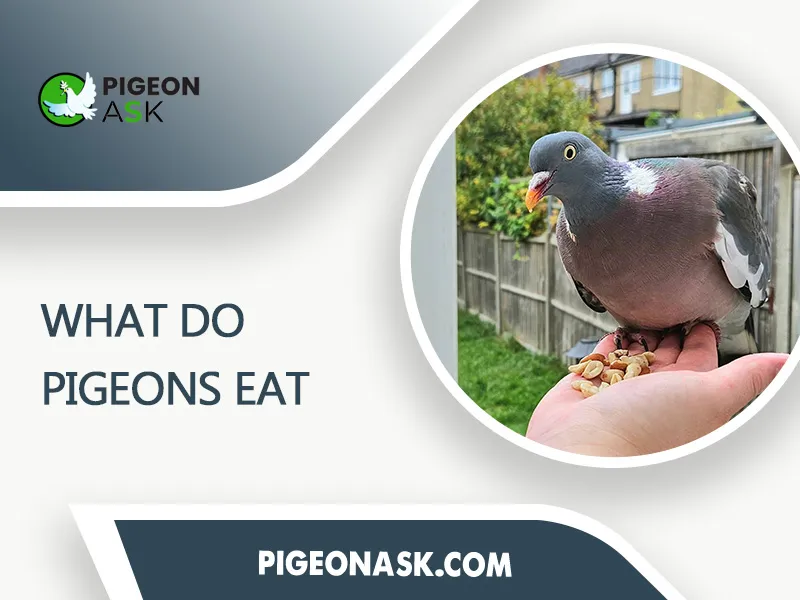
On the other hand, these active omnivores forage for leftovers in urban areas and gather from fields in rural areas. Then, they consume various seeds, fruits and insects from their hunting.
To know more about pigeons’ dietary habits, check out this article “Wondering What Pigeons Crave? Discover Ultimate Pigeon’s Food!”.
Pigeons Live
Some pigeons are happier in cities, while others like the outdoors. But, at their core, pigeons are city dwellers who easily adjust to edges, rooftops, and man-made buildings. They construct tiny nests in trees or on ledges.
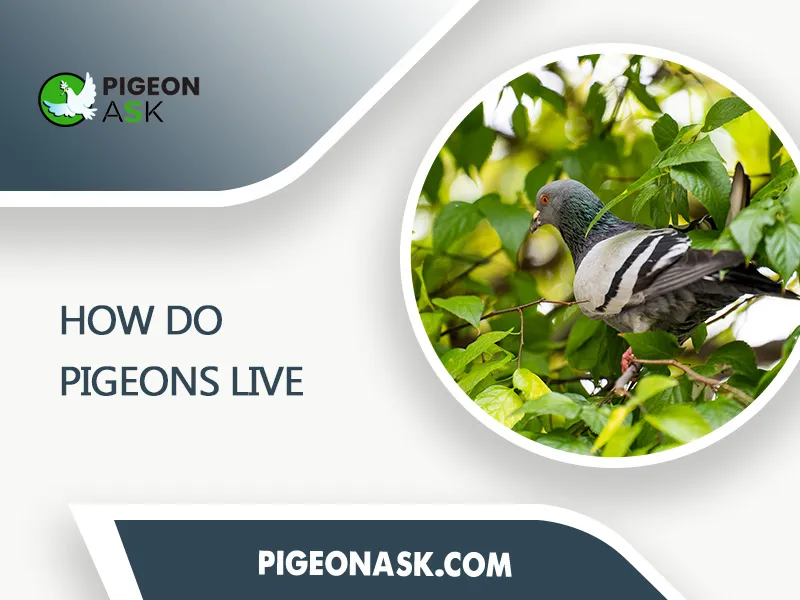
Moreover, some species, such as band-tailed pigeons and woodpigeons, however, prefer the green shelter of woods.
Other than these short glimpses of habitat, check this article solely focused on pigeon habitat “Exploring Urban Wilderness: Unveiling Hidden Beauty of Pigeons’ Habitat”.
How Do Pigeons Breed?
Pigeons use courtship behaviors, nest-building, and parental care as part of their reproductive cycle. As co-parents, they take turns incubating eggs and providing food for their squabs until they are prepared to fly.

Also, this incubating process took 17-19 days to complete. However, around 350 distinct kinds of pigeons are officially recognized, and breeding them is a popular hobby throughout the world.
Pigeons Mating Rituals and Pair Bonding
Pigeons perform complex courtship displays and vocalizations as part of their complex mating rituals. These traditions build pair bonding, which frequently results in lasting relationships.
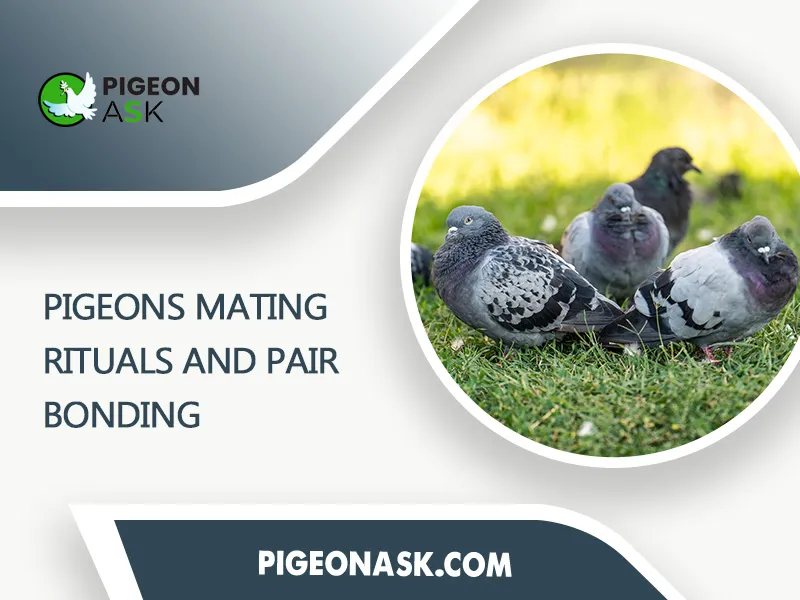
Now, what is a courtship display? This is a range of behaviors used in an effort to draw in a partner. These exhibits highlight the characteristics, both behavioral and physical, that make a particular pigeon a good companion.
One can gain insight into the complex dynamics of pigeon relationships by witnessing courtship activities.
Pigeon As a Messenger
The pigeon has been depicted on coins, figurines, and mosaics (Mesopotamia), since 4500 BC. Ever since the Egyptian era, pigeons have been a valuable food source.
Furthermore, their exceptional sense of direction, along with their homing skills, made them invaluable in transmitting signals across long distances. Thus, they have been used as messengers from the dawn of humanity and have been used throughout the years.
Apart from that, Pigeons are symbolic of many different civilizations around the world. From being linked to divinity to symbolizing love and peace, pigeons have greatly influenced human beliefs and customs, according to mythology.
Moreover, examining their symbolism offers an international cultural perspective. Also, they have long been valued for their determination, devotion, and skill at navigation in many cultures.
Evolution of Pigeon
As I told you earlier, pigeons are highly adaptive birds. Their evolutionary history is evidence of their adaptability and survival abilities. According to fossil evidence, pigeons diverged millions of years ago from their first dove ancestors.
After that, they evolved into magnificent feathered creatures. Since their wild beginnings, pigeons have adapted to live in a variety of settings, as evidenced by the varied domestic and feral populations.
Frequently Asked Questions
Now, let’s check out some commonly asked questions regarding pigeons and their characteristics.
What Is Pigeon Racing and How Does It Work?
In the sport of pigeon racing, trained and carefully bred pigeons are allowed to fly from designated areas. After that, they run back to their lofts. Thus, they can fly in a single day from 600-700 miles and the speed of their flying is up to 77.6 mph.
Can Pigeons Carry Diseases While Running?
Yes, pigeons can carry diseases such as Histoplasmosis, Psittacosis and Cryptococcosis. But people rarely get infected through breathing while cleaning pigeons dropping.
“The Pigeon Chronicles” showcases the complex lives of these beautiful birds and presents a world beyond the ordinary. Pigeons are resilient and adaptable creatures that make their way through a variety of environments, from the busy streets of cities to the serene corners of rural areas.
References
- https://birdsconnectsea.org/learn/birds-of-wa/bird-facts/domestic-pigeon/
- https://www.pigeoncontrolresourcecentre.org/html/about-pigeons.html
- https://www.vedantu.com/animal/pigeon
- https://aepma.com.au/PestDetail/18/Pigeon
- https://www.nationalgeographic.com/animals/article/pigeons-diversity-doves-photographs

